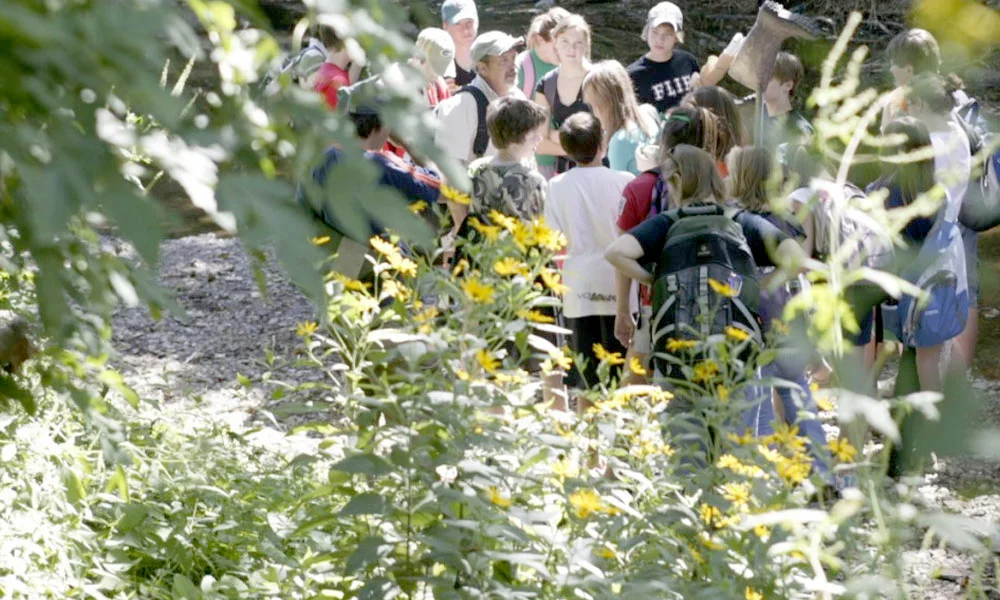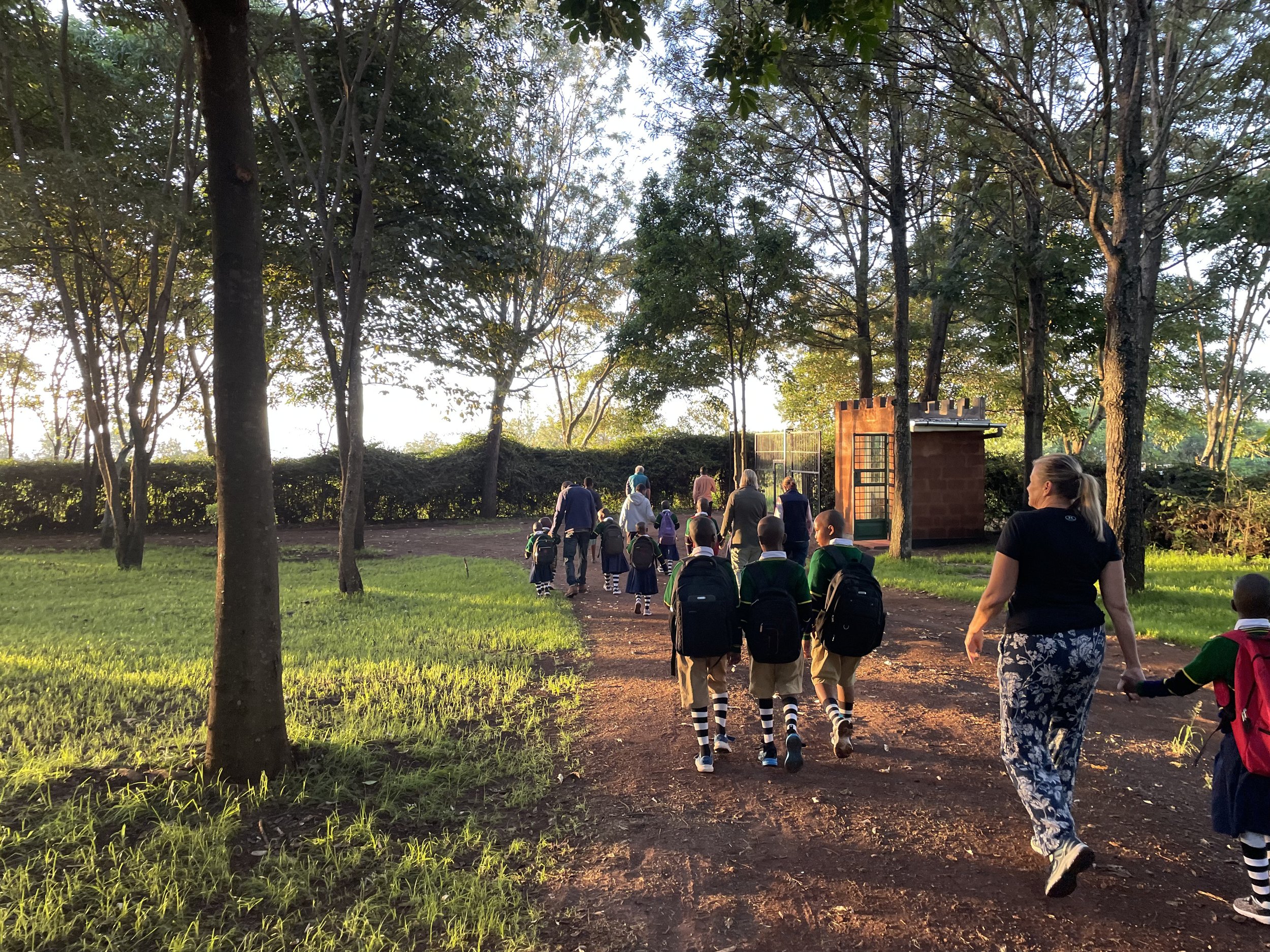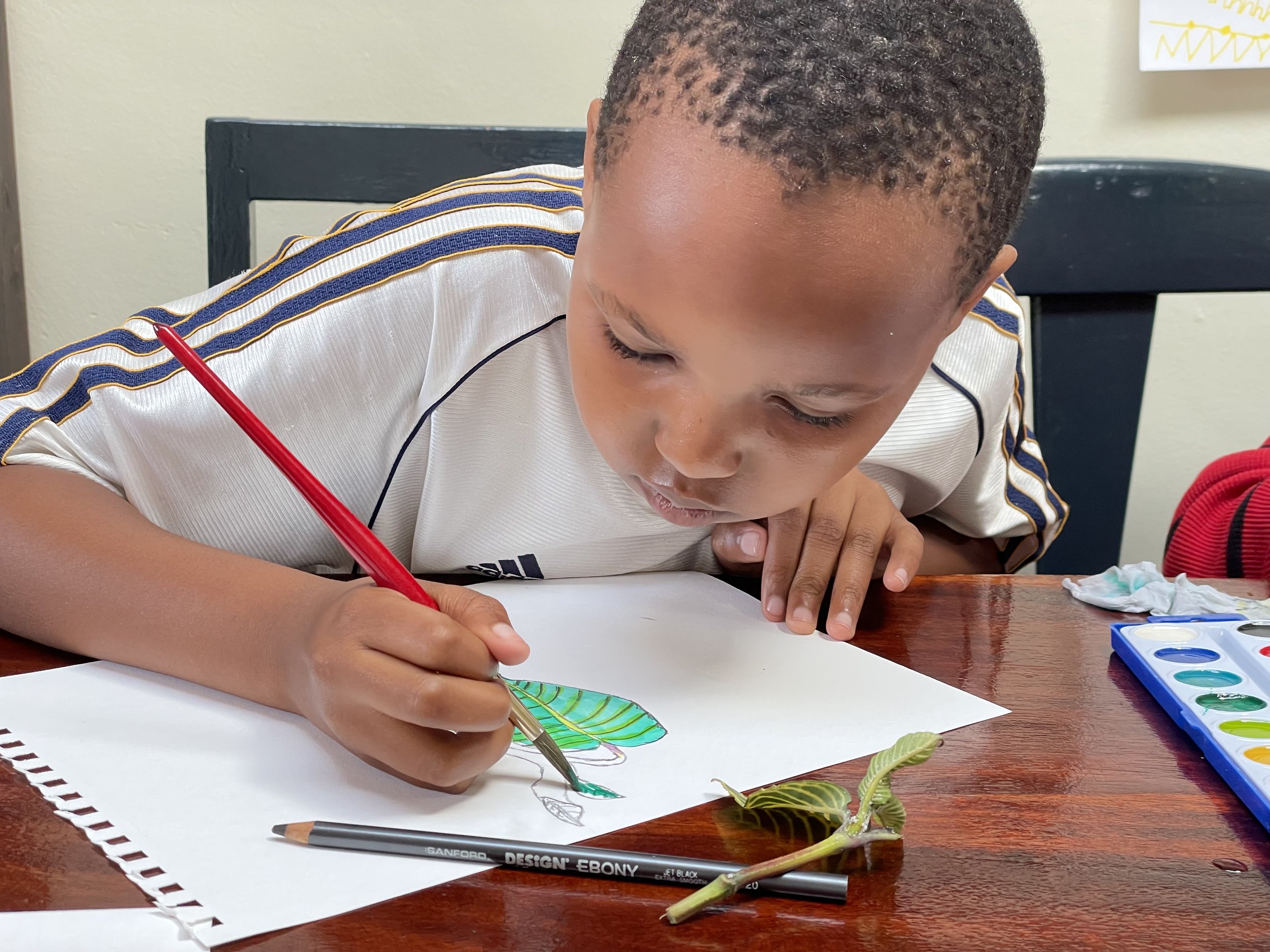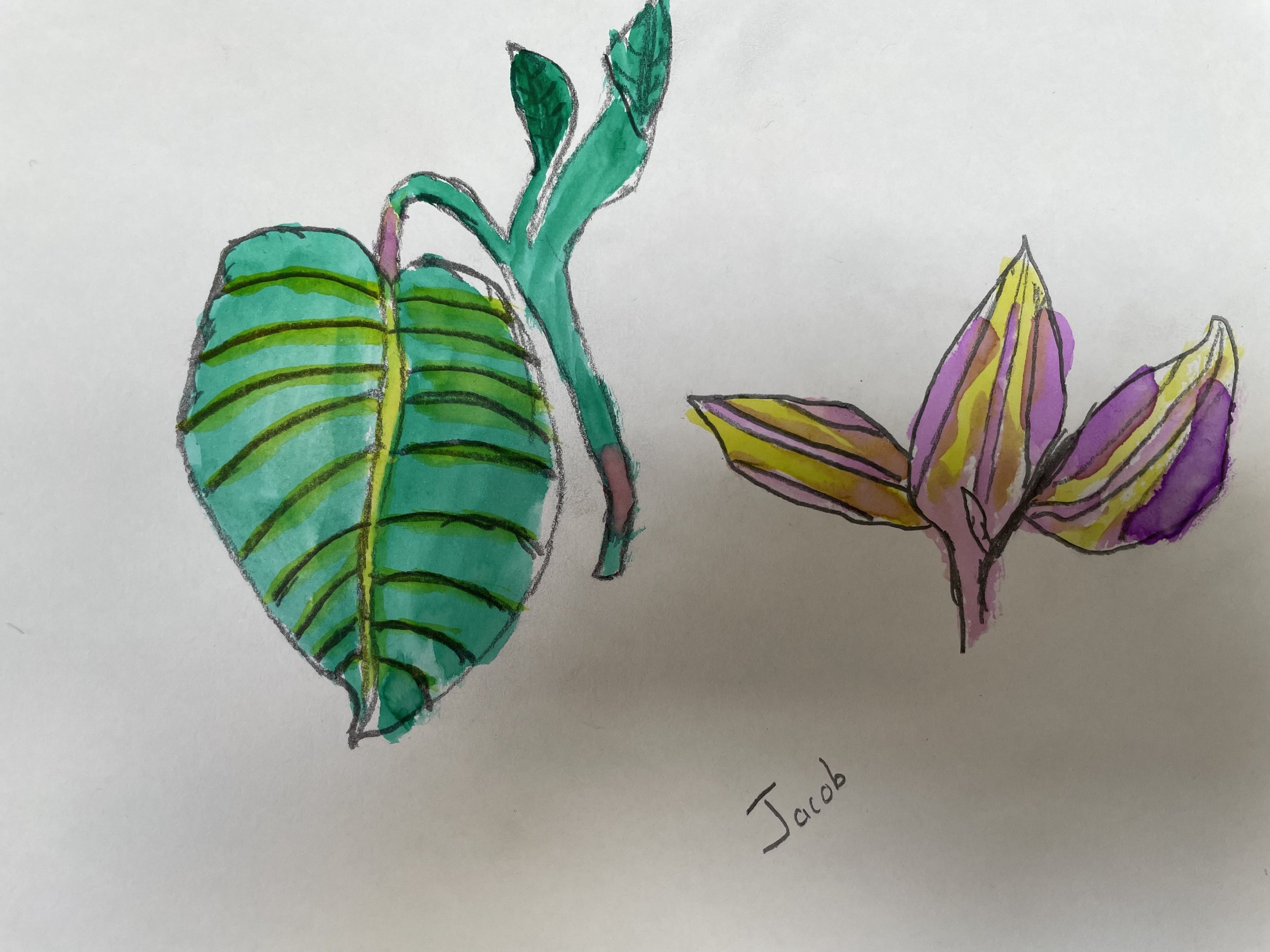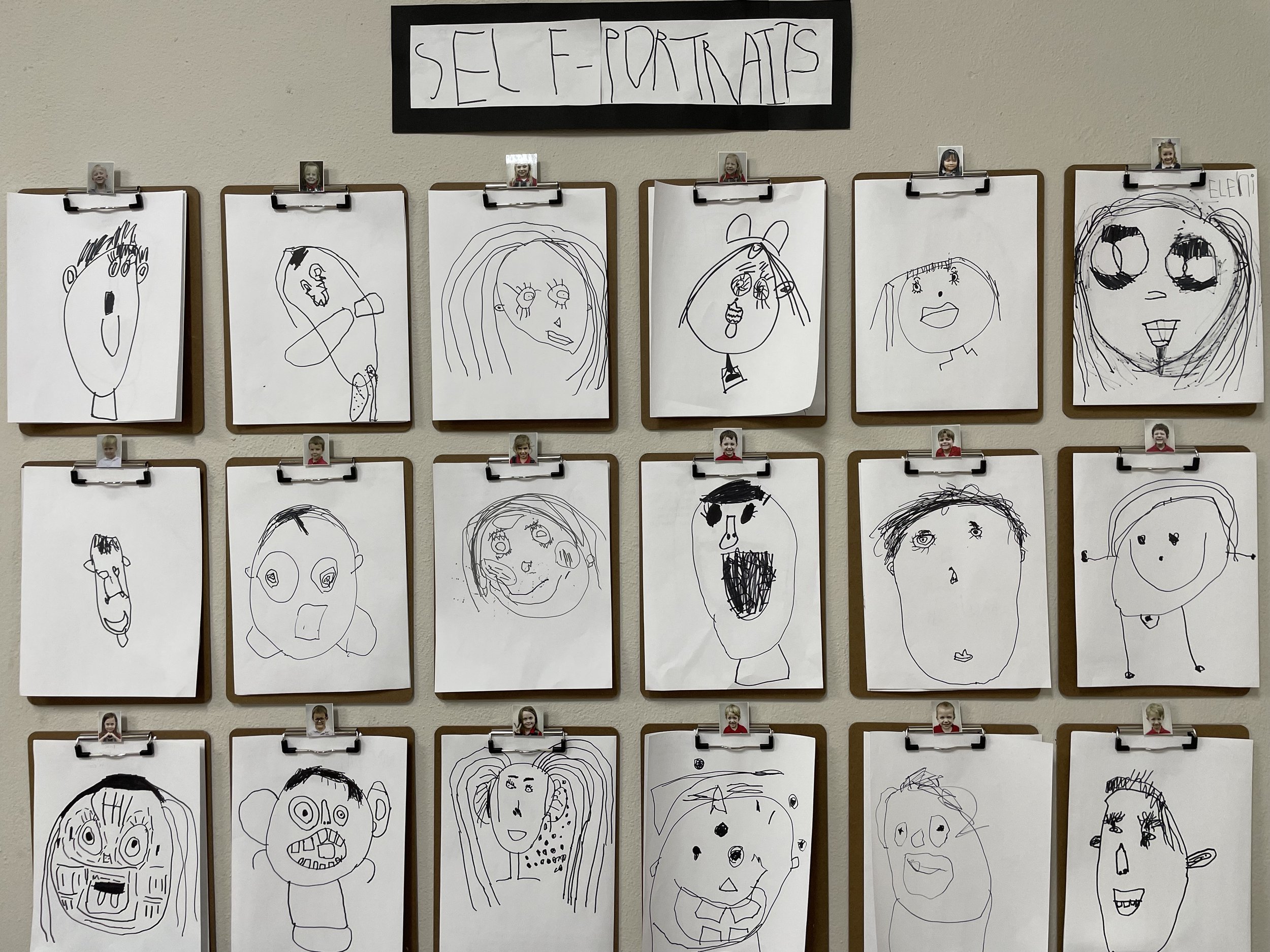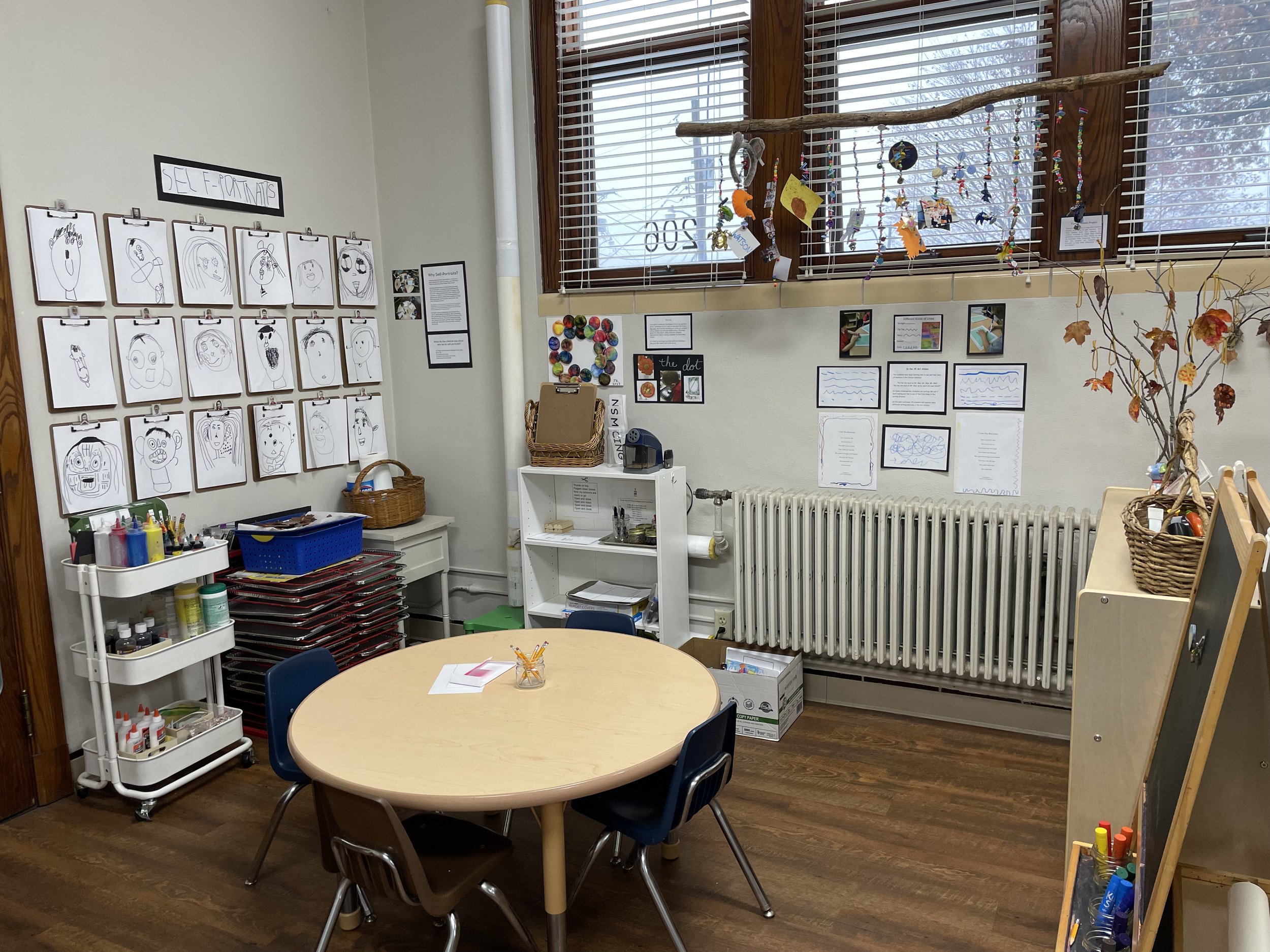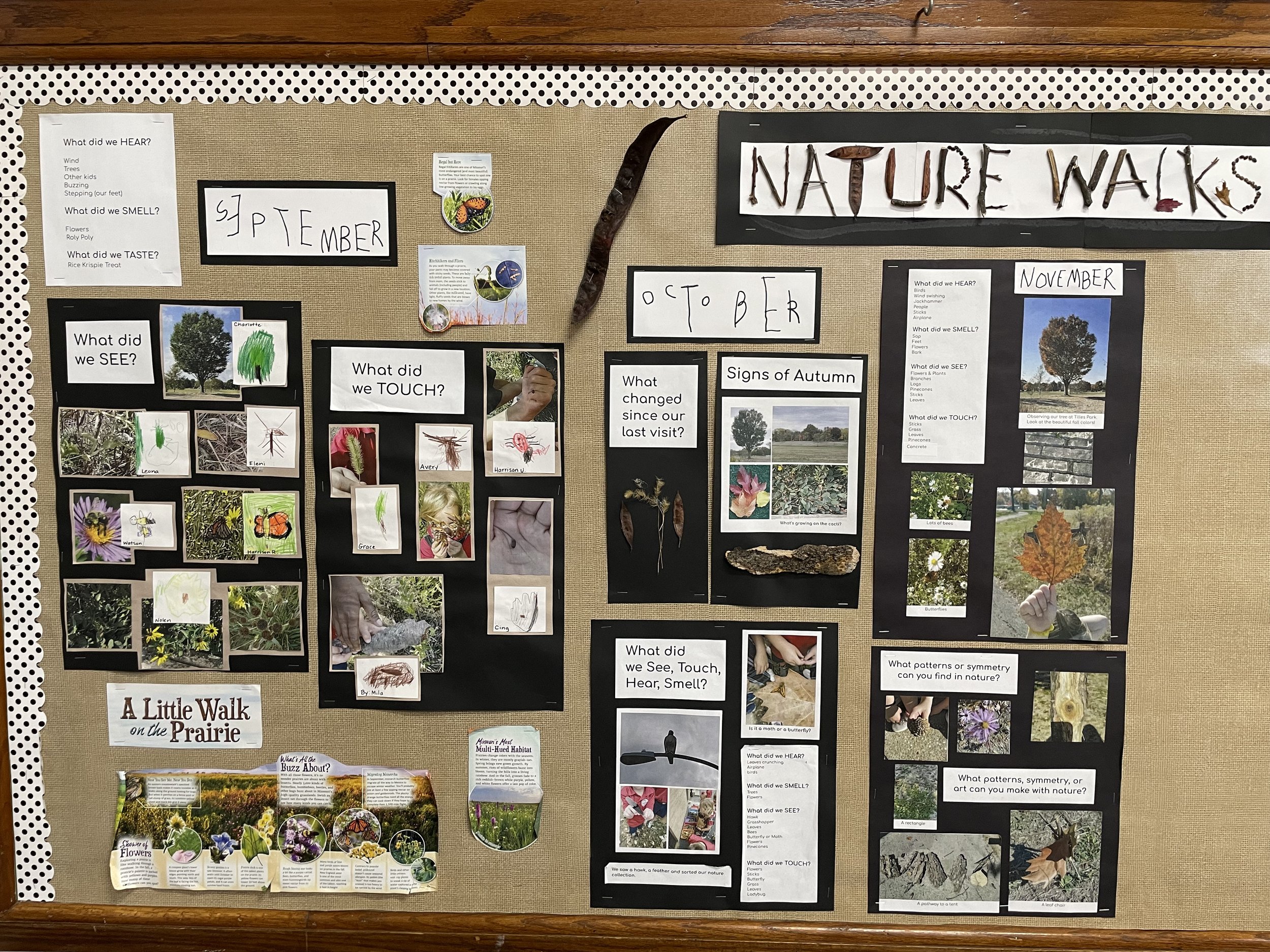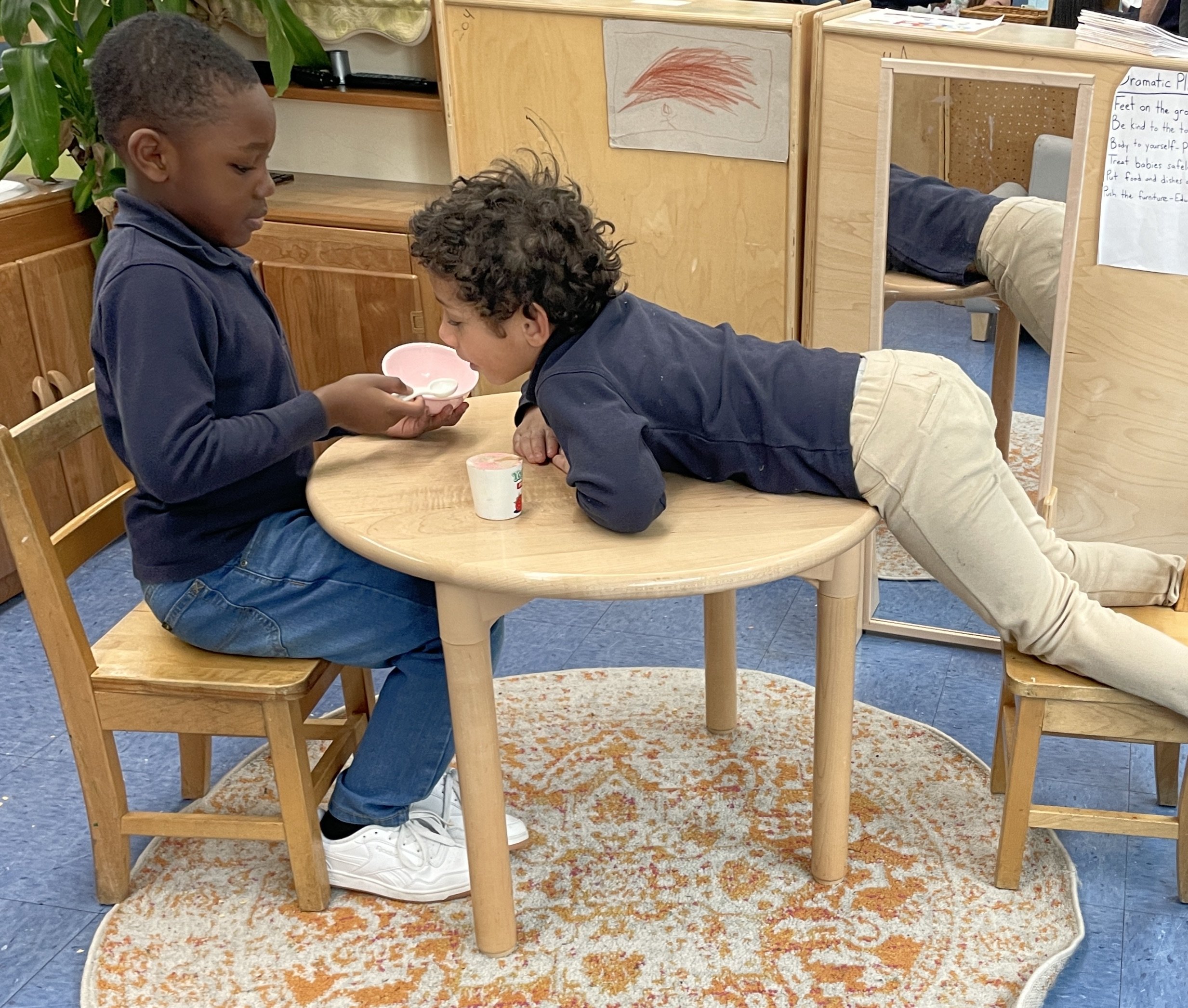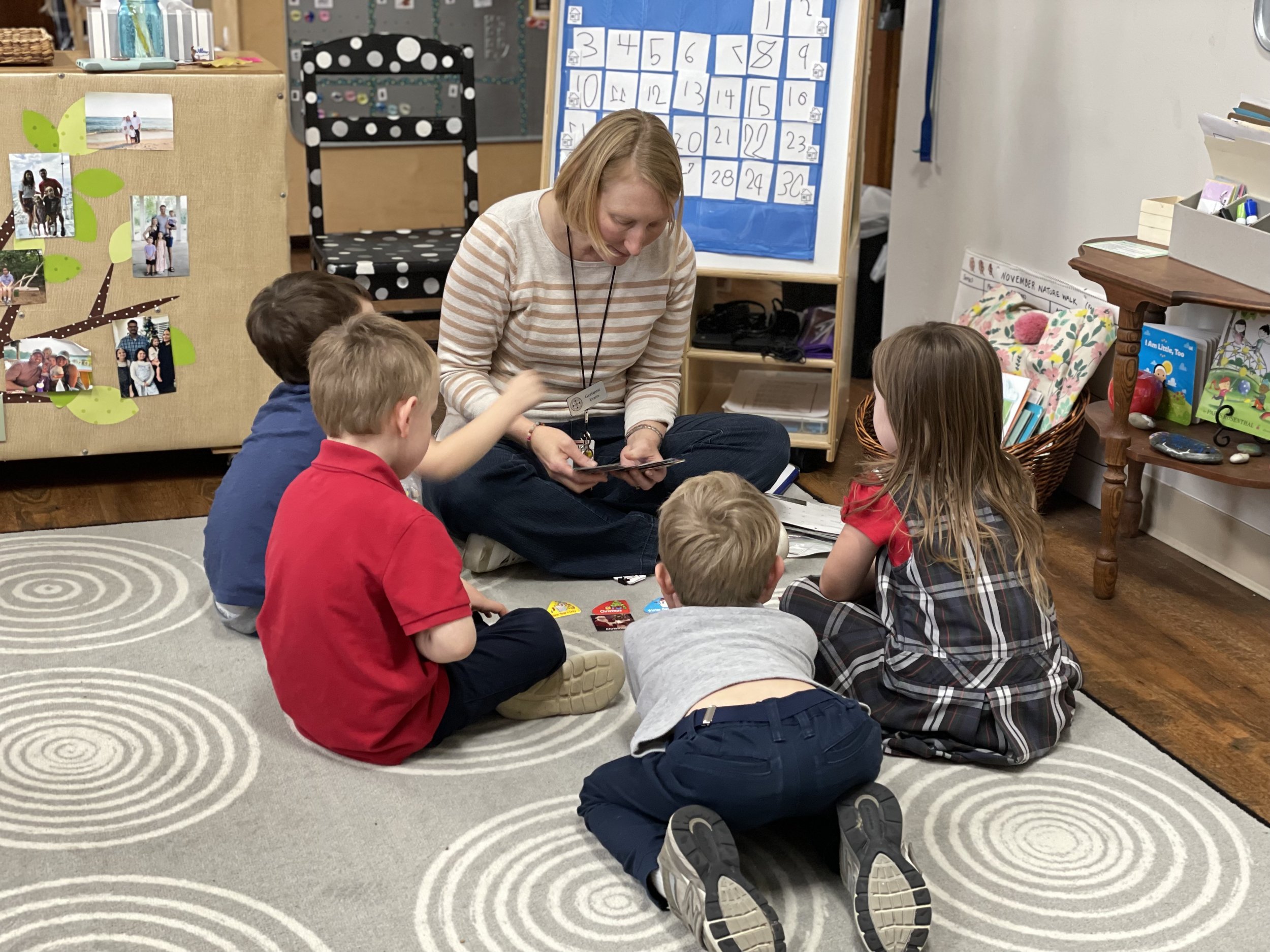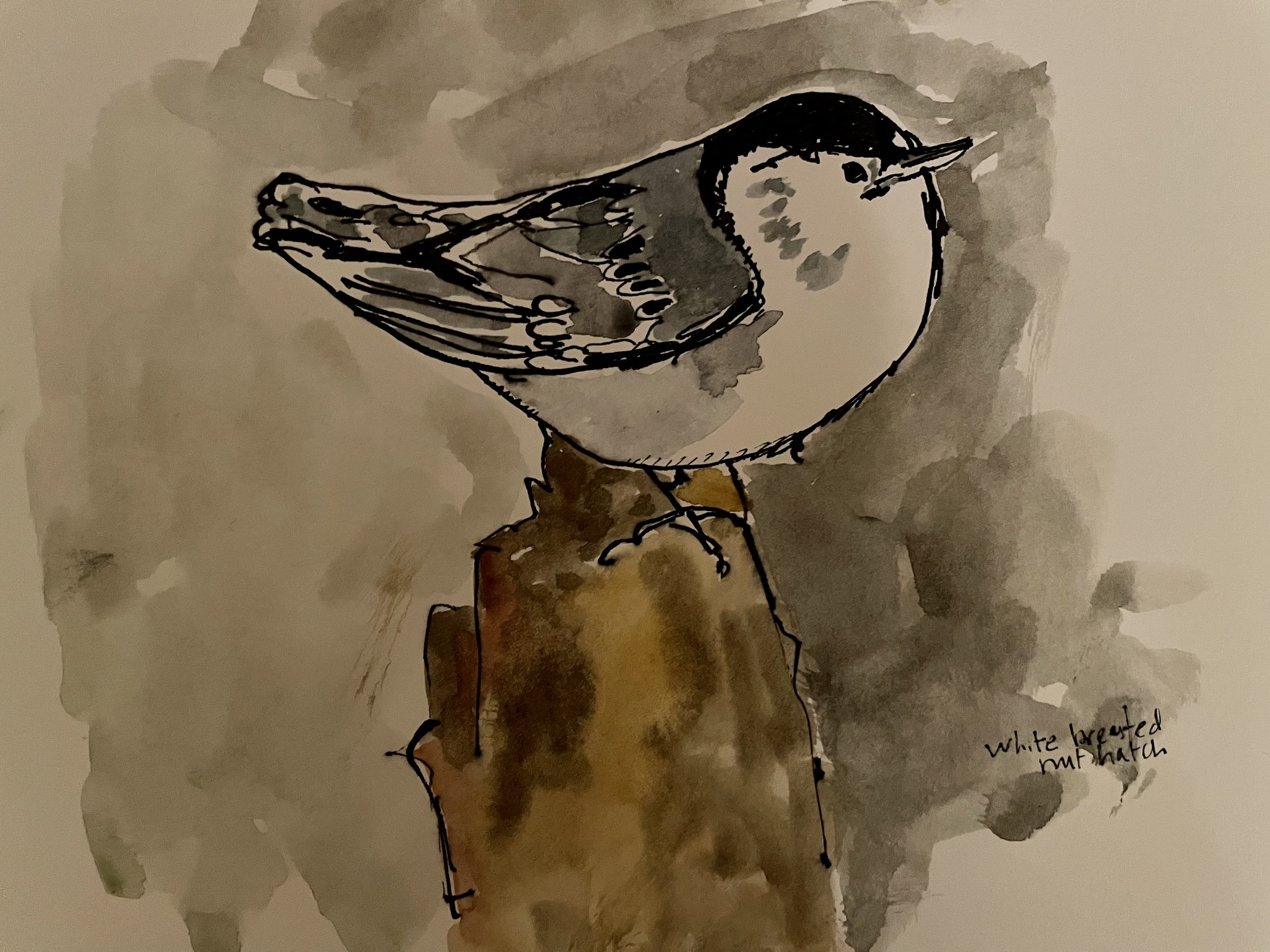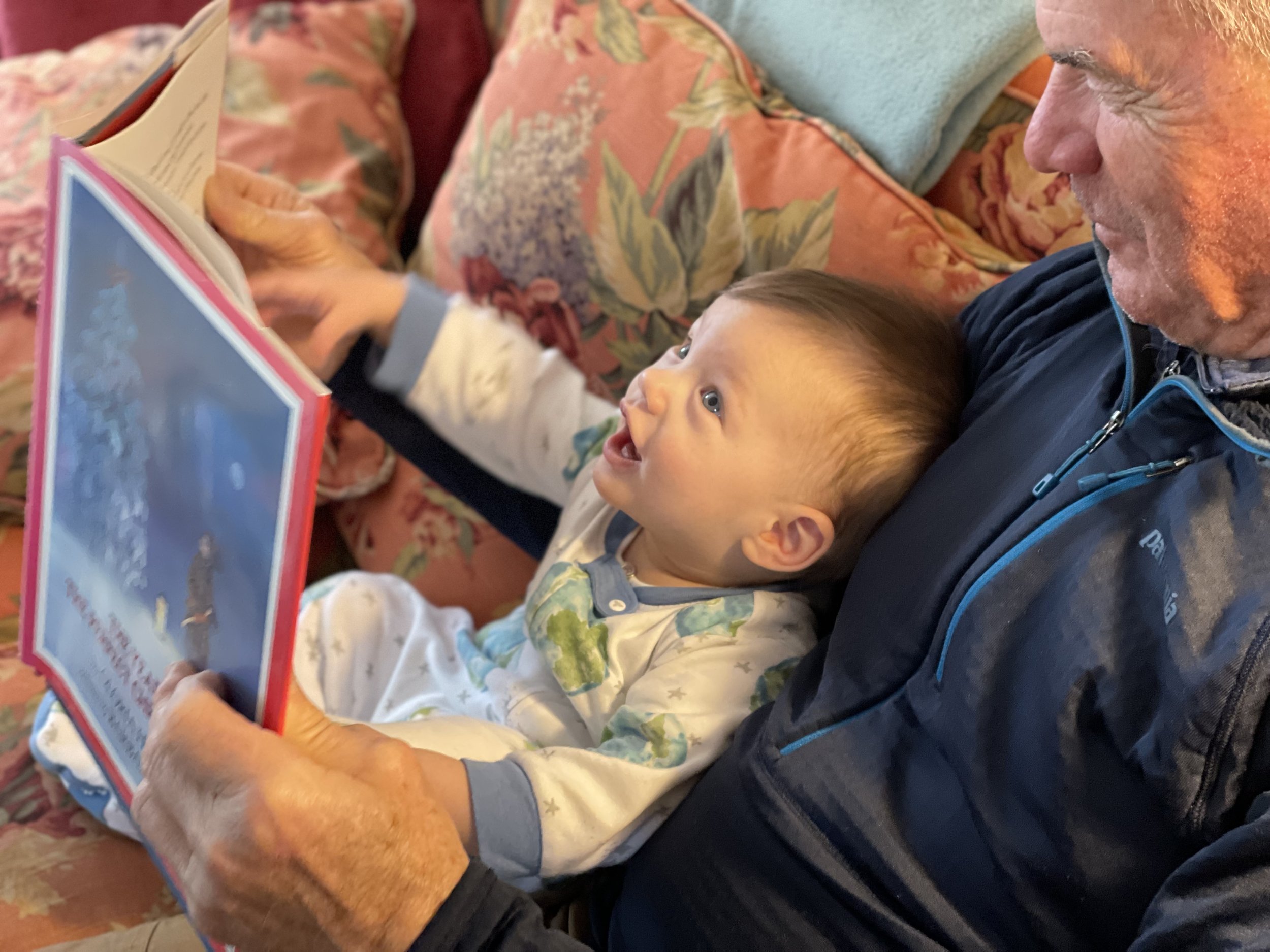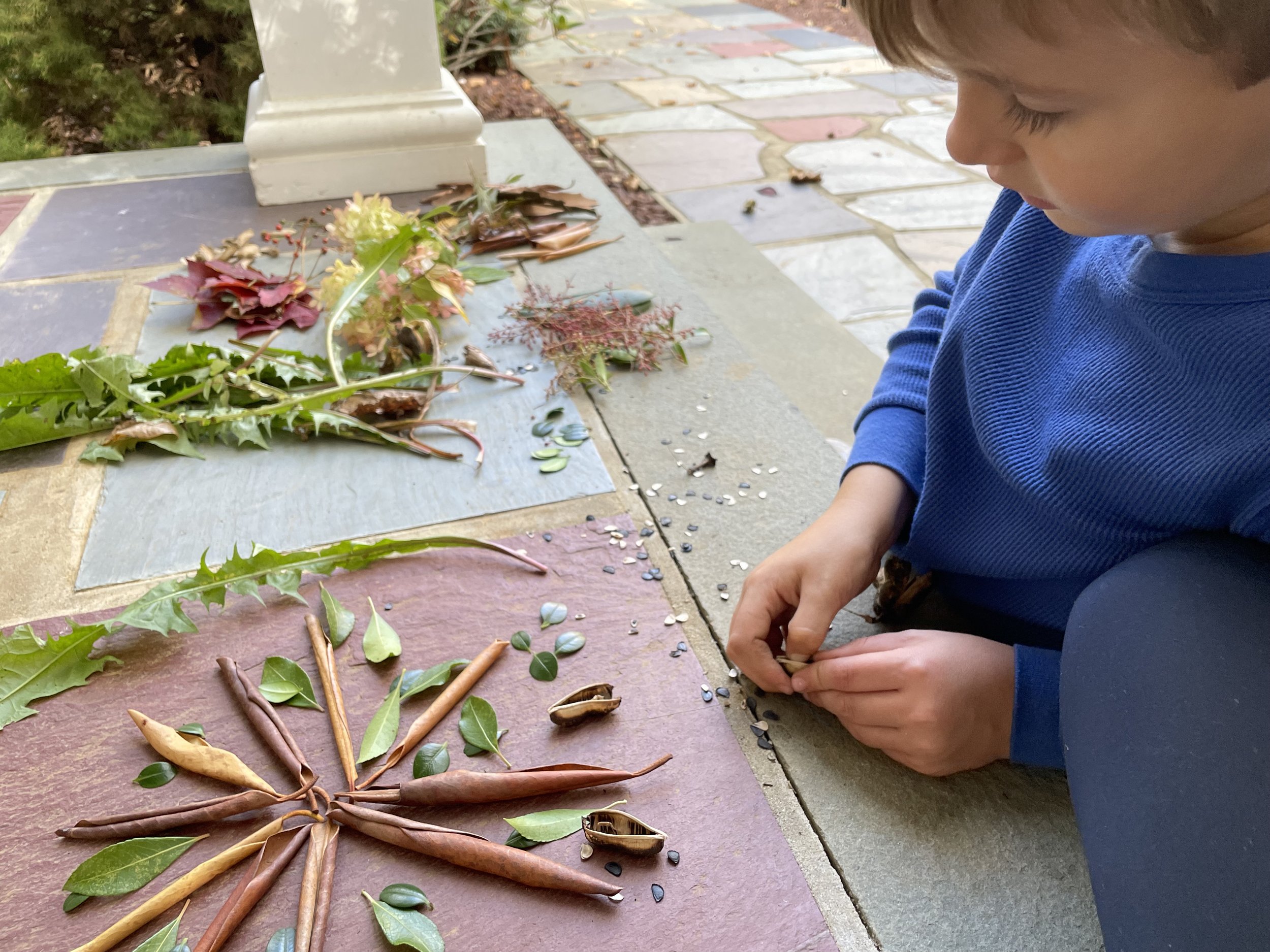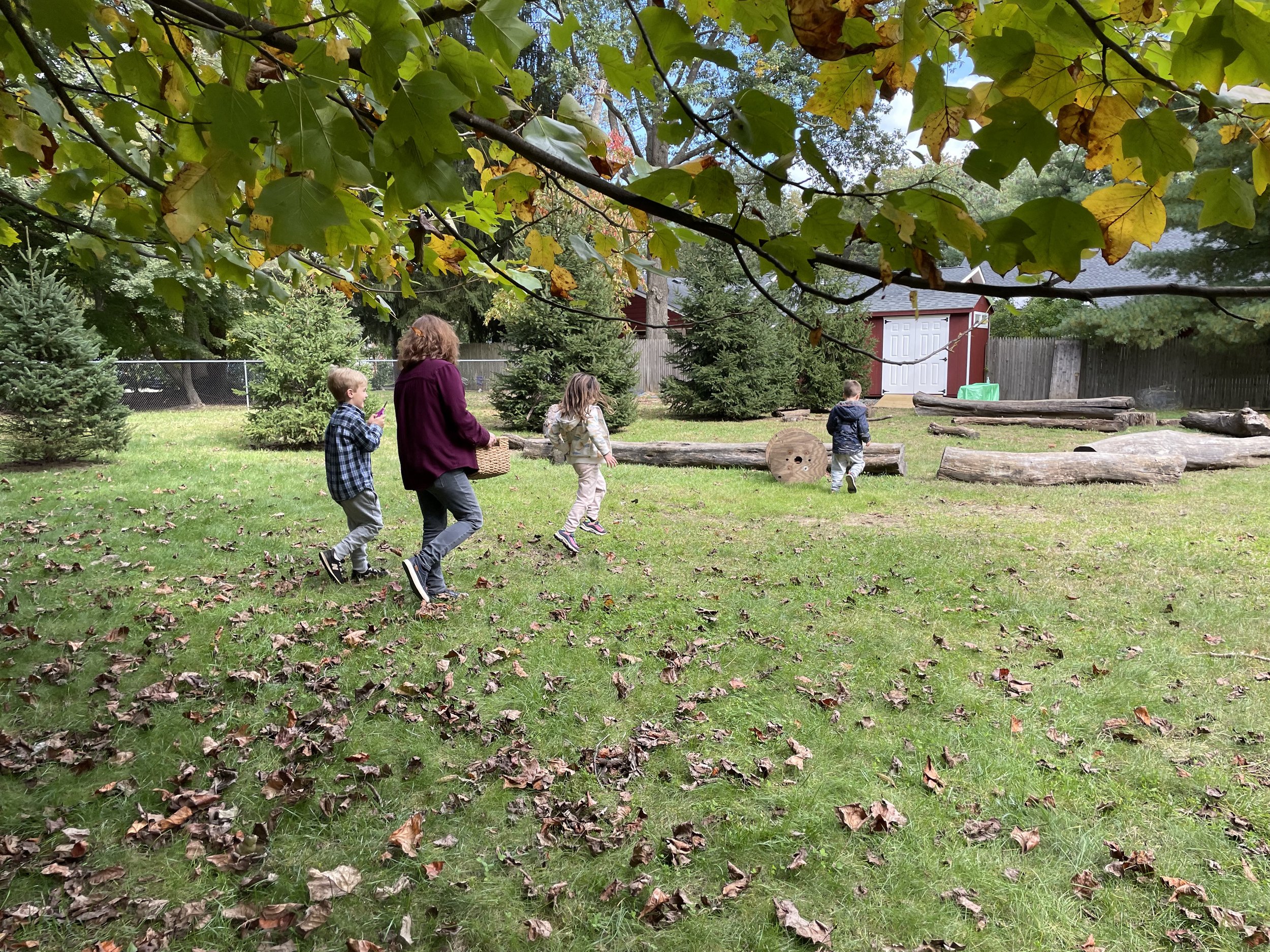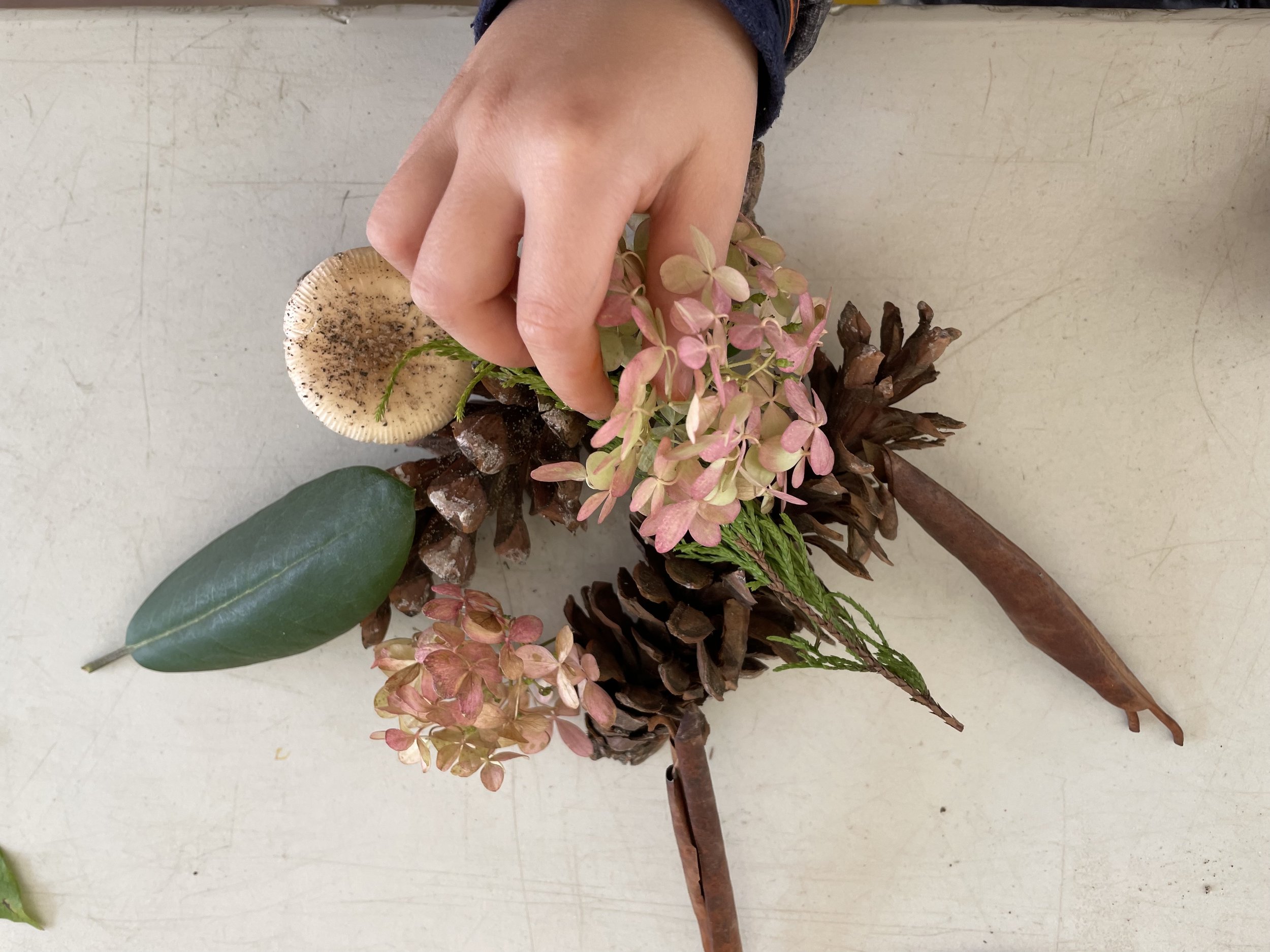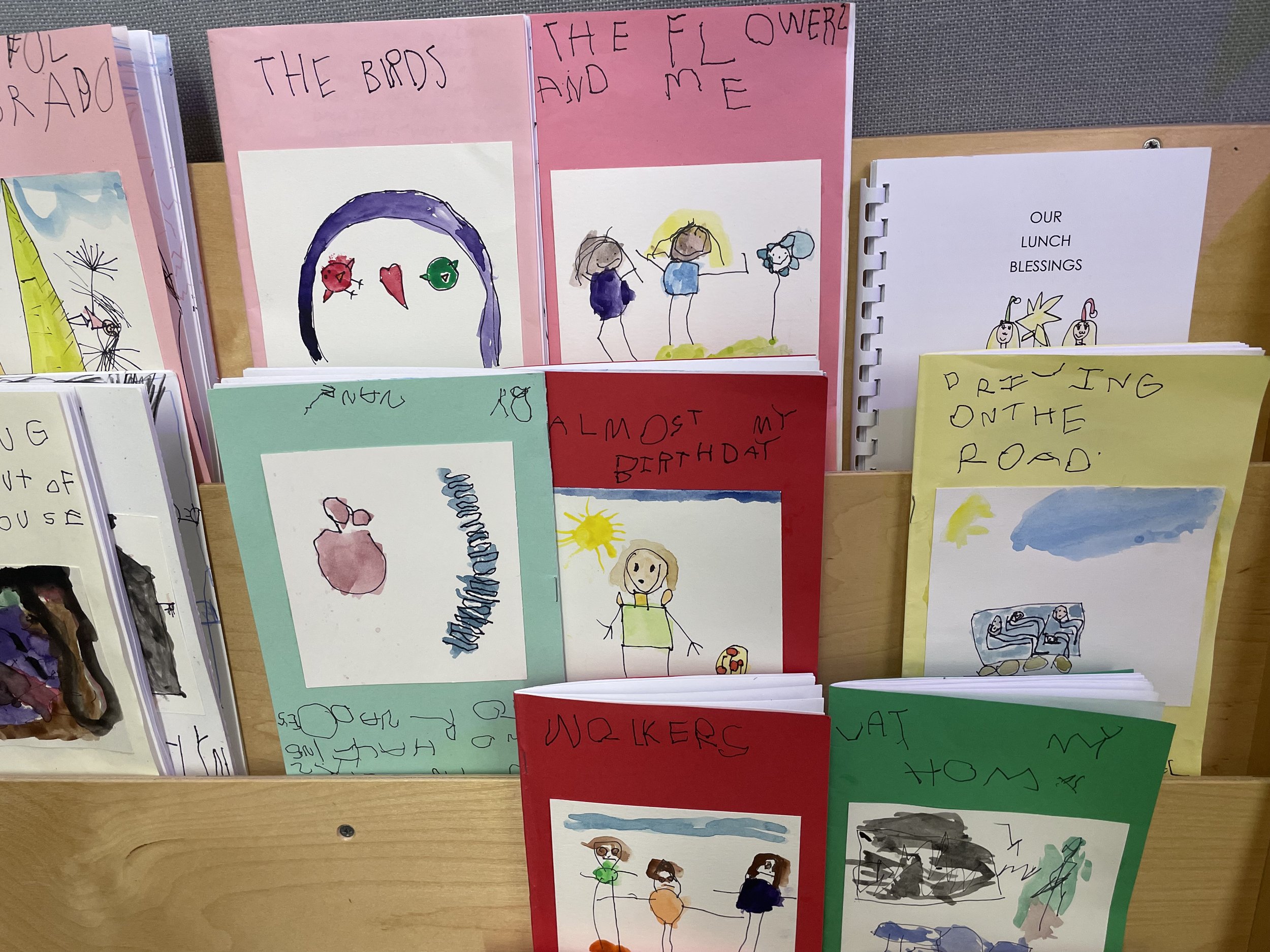Jetruda drawing Shanchezia Zebra plant leaf from shrubs around the RVCV campus
About a month ago, Ashley and I set off for Tanzania. An epic trip for us, one that we started to plan in late summer of 2021 and canceled due to Covid fears. In late summer 2023, we reopened our plans, thrilled in anticipation that we would finally make it.
After we cancelled our trip, I wrote about where we had planned to go: The Rift Valley Children’s Village (RVCV). We learned about RVCV from our close friend, Peggy Curley Bacon, who has volunteered and served on the board of this amazing place since the beginning. We were lucky to travel this time with Peggy and her husband, Carter, and to volunteer ourselves. This post gives the history of the village, where 100 would be orphans have a forever home where they are nurtured, safe, loved, and provided with an excellent education until they are financially independent.
Elementary students gathering before school
Our first morning at the Children’s Village, we met the group of elementary age children at 7 a.m. where they gather on benches before school to express gratitude, to share, and to set out to walk to their nearby school all together. That morning the adult leader of the day asked about the “RVCV family rules,” what are they? Different children, all in different stages of learning English, offered up the rules…be happy, help others, always tell the truth, be thankful…
Then, they took turns sharing a joke or two before heading off across the fields to their school.
Walking to Gyetighi Elementary School
The Tanzanian Children’s Fund, the foundation that supports multiple initiatives, has vastly improved the local elementary school, Gyetighi, renovating and adding buildings, planting gardens, hiring many more teachers, and raising standards of all kinds. The Fund has also transformed the local Oldeani Secondary School by building classrooms and dorms and hiring many more teachers. The fund has built and staffed a health clinic that serves the surrounding community. In addition, the Fund supports small business development, especially for local women.
Mica demonstrating contour drawing for younger children
Several times during our stay, I was lucky enough to be able to work with about 7 children, ages 7-10, with the art materials that I had brought with me to leave with them…black fine line pens, quality-colored pencils, watercolors, good quality mixed medial paper, and markers. When we arrived, I started to collect a variety of leaves from plants around the campus. With the children, I demonstrated contour drawing, or “bug drawing”…pretend that you are a tiny insect crawling around the edges of the leaf that you are holding. Follow the path of the insect carefully with your pen. Then use whatever colors you would like to finish your piece.
Jacob painting Zebra plant leaves
I was floored by the focus of the children and the pleasure that they took in doing these drawings! They had not worked with materials like these, and they do not have any art classes in school. They all were engaged immediately and did beautiful work. They were happy. I was overjoyed.
I was supported by several volunteers who were there for a month from the U.S., and a Tanzanian high school boy, Micah, who joined in and inspired the children, and helped to translate.
Drawing by Jetruda
I could not be more grateful or more humbled by our experience at the Rift Valley Children’s Village. We were surrounded by such a happy and highly functional community of adults and children for five days. We were thrilled to be able to contribute to this place and the people who live there. Ashley was helping Carter build shelves for storage during the time that I was working with the young children.
We gifted several children with extra sketchbooks and pens that we had brought along so that they can keep drawing on their own. And we decided to sponsor two sisters, now age 7, for the remainder of their education.
Painting of Zebra plant leaves and Calathea plant leaves by Jacob
We are forever changed by this experience. Children who would otherwise be without homes and without family, are becoming strong, talented, passionate young Tanzanians who will be leaders in their communities. In our world where so much is unsettled, it is truly uplifting to experience a community like this one. Thank you, founder, India Howell, whose vision and dedication brought this place into being and gratitude to the staff and the board that sustain and lead this beautiful place into the future.
Sunset at the Rift Valley Children’s Village

